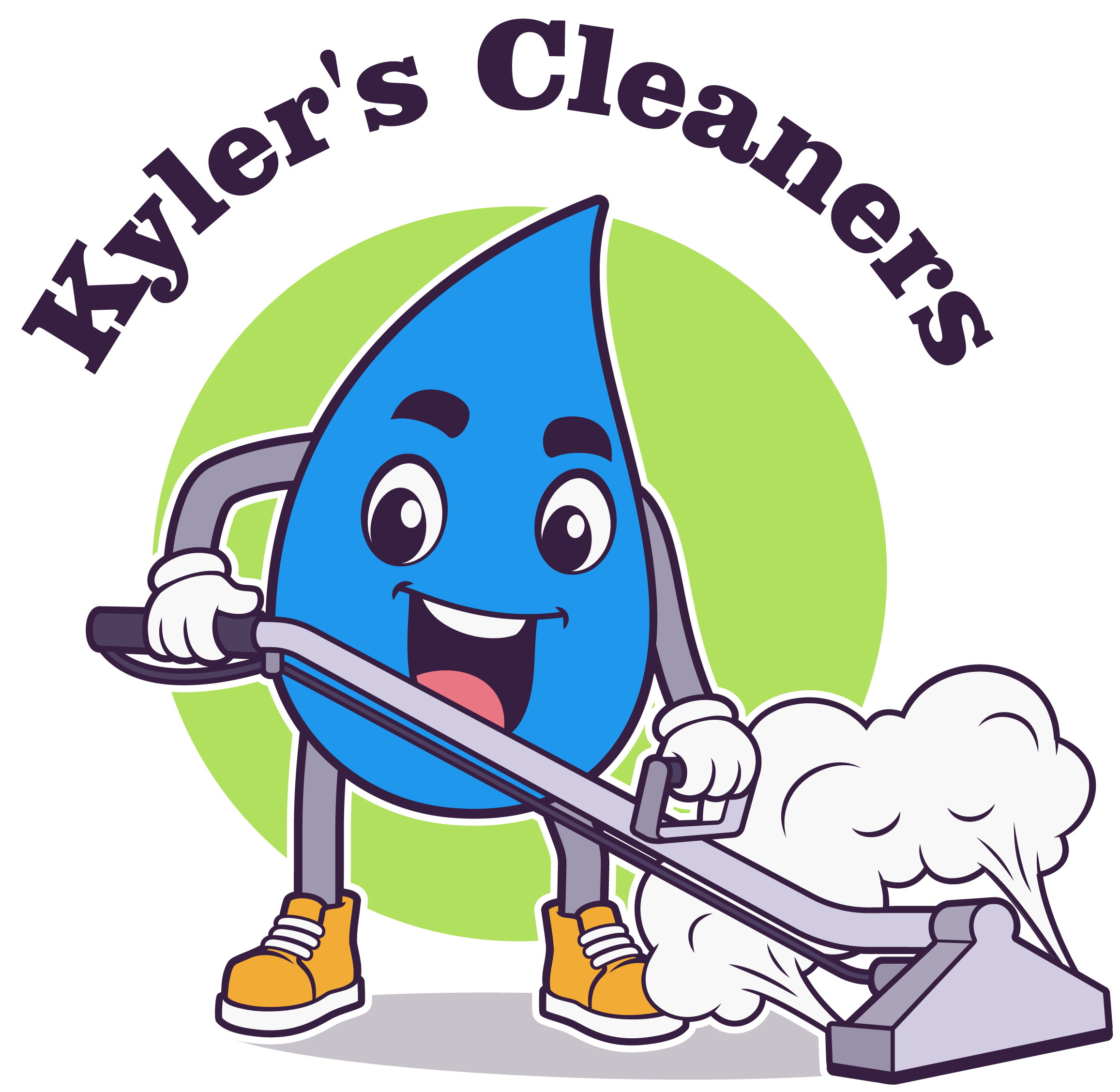How Long Does Carpet Take to Dry After Cleaning? The Science Behind Drying Times
After investing in professional carpet cleaning, one of the most common questions homeowners ask is: “How long until my carpet is dry?” While the short answer is typically 6–12 hours, the complete picture involves fascinating scientific principles that affect drying times. Let’s explore the factors that determine how quickly your carpets will dry and the science behind the process.
The Typical Drying Timeline
Most residential carpets will dry within 6–12 hours after professional cleaning. However, this timeline can vary significantly based on multiple factors:
- Ideal conditions (warm, low humidity, good airflow): 4–6 hours
- Average conditions: 6–10 hours
- Challenging conditions (high humidity, cool temps, poor ventilation): 12–24+ hours
The Science of Carpet Drying
Evaporation: The Core Process
The fundamental mechanism behind carpet drying is evaporation—the transition of water from liquid to vapor. This requires energy, mostly in the form of heat. Water molecules at the surface must gain enough energy to break their hydrogen bonds and escape into the air.
The rate of evaporation is affected by:
- Surface area exposure: More exposed surface = faster drying. Extraction methods help here.
- Vapor pressure differential: Water evaporates faster when the air is dry. According to Dalton’s Law of Partial Pressures, the greater the difference, the faster the rate of evaporation.
Heat Transfer Dynamics
Temperature plays a major role:
- Kinetic energy: Warmer temperatures give water molecules more energy to escape the surface.
- Air saturation capacity: Warm air holds more moisture. At 68°F (20°C), air holds ~17.3 g/m³; at 86°F (30°C), it can hold ~30.4 g/m³.
Key Factors Affecting Drying Time
1. Carpet Construction
- Synthetic fibers: (nylon, polyester, olefin) – Dry faster (4–8 hours)
- Natural fibers: (wool, cotton) – Hold water longer (10–24 hours)
- Pile height & density: Thicker = more moisture trapped
2. Cleaning Method Used
- Hot water extraction: ~20–25% moisture remains
- Dry cleaning methods: ~5–10% residual moisture
- Bonnet/shampoo: May leave 30–40% moisture behind
3. Environmental Conditions
- Humidity: Drying slows dramatically above 60% RH
- Air temperature: Each 10°F increase = ~20–30% faster drying
- Airflow: Helps remove moisture-laden air right above carpet
Accelerating the Drying Process: Applied Science
Use these methods to speed things up:
- Dehumidification: Keep indoor RH between 30–50%
- Fans/air movement: Create cross-ventilation
- Controlled heating: Raise room temp to 70–80°F (21–27°C)
When to Be Concerned About Extended Drying Times
- Mold: Can begin growing within 24–48 hours
- Bacteria: Moisture enables rapid growth and biofilm formation
- Odors: MVOCs from microbes may produce musty smells
Conclusion
The science behind carpet drying involves complex interactions between heat, airflow, humidity, and fiber type. By understanding and managing these variables, you can create optimal conditions for faster drying and extend the life of your carpet investment.
For best results, work with professionals who understand these principles and use advanced extraction tools. With the right approach, you’ll enjoy cleaner, drier carpets in no time.

Leave a Reply